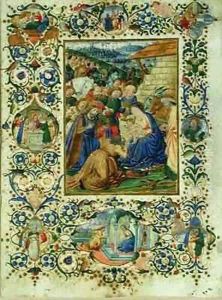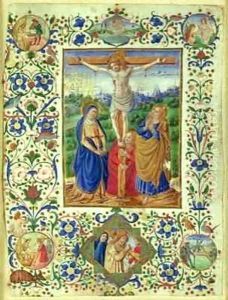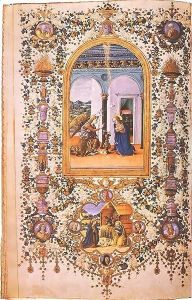d'Antonio del Chierico (or Cherico) Francesco Paintings
Francesco d'Antonio di Bartolomeo, known as Francesco d'Antonio del Chierico or simply Francesco del Chierico, was an Italian Renaissance manuscript illuminator and painter, active primarily in Florence from around 1445 until his death in 1480. His nickname 'del Chierico' suggests that he may have been a cleric, though details of his personal life are sparse.
Born in 1430, Francesco del Chierico was a contemporary of the more famous Florentine painters like Sandro Botticelli and Domenico Ghirlandaio. He was an apprentice in the workshop of the Florentine illuminator Fra Angelico, where he would have learned the delicate art of manuscript illumination, a field in which he would later excel. Despite being overshadowed by the larger figures of the Renaissance, Francesco del Chierico was a respected artist in his own right, contributing significantly to the rich tradition of Florentine book art.
His work is characterized by its elegance and precision, often imbued with a sense of devoutness and a strong attention to detail. Francesco's illuminations usually featured intricate borders, elaborate initial letters, and miniature narratives within the texts they accompanied. His style was notably influenced by Fra Angelico's own approach to painting and illumination, yet Francesco managed to develop a distinct personal style that was sought after by the patrons of his time.
Unfortunately, Francesco del Chierico's works have not been as well preserved as those of some of his more famous contemporaries, and as a result, his contributions have been somewhat overlooked in the broader scope of art history. Nonetheless, he was a master of his craft, and his surviving works continue to be studied for their exemplary craftsmanship and for their role in the development of book art during the Italian Renaissance.
Francesco d'Antonio del Chierico passed away in 1480, leaving behind a legacy as one of the skilled manuscript illuminators who helped to elevate the status of the book as a work of art during the Renaissance. His works remain an important part of the historical record, providing insight into the aesthetics and devotional practices of the period.


